A concern for Titanium Dioxide in paint on toys: Modern, painted wooden toys may be unsafe for infants and toddlers (even if they meet current safety guidelines)
For those new to the Lead Safe Mama website:
Tamara Rubin is a multiple-federal-award-winning independent advocate for childhood Lead poisoning prevention and consumer goods safety, and a documentary filmmaker. She is also a mother of Lead-poisoned children (two of her four sons were acutely Lead-poisoned in 2005).
- Tamara owns and runs Lead Safe Mama, LLC — a unique community collaborative woman-owned small business for childhood Lead poisoning prevention and consumer goods safety.
- Since July 2022, the work of Lead Safe Mama, LLC has been responsible for six product recalls (FDA and CPSC).
- All test results reported on this website are science-based, accurate, and replicable.
- Please check out our press page to see some of the news coverage of our work, linked here.
Saturday — July 23, 2022
First, I want to apologize — and acknowledge that this subject has been on my long “things I really must write about” list for nearly a year now! Given that the concern for Titanium Dioxide in food (the new European regulatory standards for foods and candies — like Starbursts and Skittles) is in the news cycle this week (as the August 2022 deadline for full compliance approaches), it seemed like a good time to re-shuffle my list, finish this article, and publish it so readers have some context for this concern fresh in their minds.
Before you read this full article…
I want to be 100% clear that the concern is ONLY for painted toys being used by babies or toddlers (or children with pica) who might normally be expected to put their painted toys in their mouths. This is not a concern for older children playing with modern painted toys, when those toys are used as intended. If you are a parent of a baby or toddler, I would — at this moment — invite you to go over to your child’s toy box or playroom and find any painted wooden toys (from any brand, like Melissa & Doug, Fisher-Price, Plan Toys, Hape, etc.) and set them next to you. Take a good look at these toys: is any of the paint missing?… Are the edges worn?… Are there obvious bite/teething marks? Is your baby at an age/developmental stage where they are normally putting things in their mouth, as a way of exploring the world? Now — after pondering those key considerations, read on.
Section #1) The work of Lead Safe Mama, LLC is often “ahead of” the science
If you are a long-time reader here at Lead Safe Mama, you are probably aware that our work is often “ahead of” a lot of the science (and official reports) on the concerns for unsafe levels of toxic metals in consumer goods. And, in fact, our work often precipitates new or expanded scientific studies, or other science-based investigative inquiries (by scientists/researchers and/or investigation-focused organizations). The reason for this is primarily due to the depth and breadth of the perpetual investigative work we do, working with families across the globe, testing countless consumer goods — and the patterns we are therefore able to observe/discover (within and across the results from the testing we do), in relation to the presence of toxic metals in various consumer goods categories (brands, types of toys, materials, etc.). A few examples:
- We have been writing about the concern for high levels of Lead, Cadmium, and Arsenic in painted glassware since we began testing consumer goods back in 2009; a scientific study was subsequently done — published in 2017 — confirming our findings and concerns (link here).
- We have been writing about the concern for high levels of Lead, Cadmium, Mercury, and Arsenic in vintage Fisher-Price (and other brands of) plastic toys since 2009 as well; this concern was validated by a scientific study done in 2015 (link here) and another one done in 2018 (link here).
- We began writing about the concern for bioavailable Lead in the mouthpieces of student and professional trumpets (along with other brass/wind instruments) in 2014; a non-profit organization-based inquiry validated this concern in 2019 (link here).
- Back in 2009, while sifting through and cross-correlating CDC data, we arrived at the startling-yet-inescapable simple mathematical conclusion that 1 in 3 children (31% — 22,000,000 kids in the United States, alone!) have had an unsafe level of Lead in their blood in their lifetime. We included this fact (and an analysis of the math/data behind the numbers) in our documentary film, MisLEAD: America’s Secret Epidemic — in footage that was shot way back in 2012(!). Our calculus, which at the time was widely considered controversial (“sounds-way-too-high”), was eventually legitimized and embraced following the publication of the Unicef/ Pure Earth study, and their public statements on the issue.. .in July 2020! (link here).
We welcome these opportunities to “light the torches” that have illuminated paths for needed subsequent studies by the scientific community (despite the fact they have too often been achingly slow to notice and take the torch) and we sincerely hope that some entity out there picks up this one, as well, following through with what we expect will be a warning, and proposal for a swift and appropriate regulatory response. That would come after formally evaluating the risks/health impacts (from a scientific perspective/using laboratory testing) of the high levels of Titanium Dioxide found on modern painted wooden toys intended for use by babies and toddlers.
Section #2) Note: this is NOT “fear-mongering.”
It’s important to distinguish here (early, at the beginning of this article, before you dive into the concerns and the science behind the concerns) that the work of Lead Safe Mama, LLC is not some sort of “speculative pseudo-science,” nor is it “fear-mongering.”
The work we do here is an effort to make current science-based environmental health considerations accessible and freely available to parents, helping educate and empower them in making informed choices for their families.
In the matter of all the “stuff” we buy, inherit, find, are gifted, or otherwise accumulate — which collectively ends up comprising our family’s home environments — we as parents have agency and choice. IF we can make informed decisions based on the best available and most up-to-date science, that is all the better. Especially given the hodge-podge of woefully-outdated, inadequate — or in many cases non-existent — Federal regulatory policies and/or oversight/enforcement here in the U.S.. You can read more about my stance on that here.
Section #3) The science behind the particular concern regarding modern painted wooden toys
Given Lead Safe Mama, LLC’s track record and history of being a bit of a “bellwether” in this area… today we share with you the concern for the safety of MODERN (newly/recently manufactured) painted wooden toys given to infants and toddlers to use. This concern is based on THREE main points of information:
- Point #1 to consider: toys for infants and toddlers are designed and sold with the express understanding and intention that children of this age — experiencing normal developmental behavior patterns — will explore the world (and their toys) with their mouths. Said another way: toys for infants and toddlers are/should be designed to be put in the mouth and chewed on. Parents assume that all safety considerations for these toys (especially if made by well-known brand names and sold by trusted outlets like Walmart/Target) will have been taken into account. They then assume these toys are definitely safe for their babies to chew on.
- Point #2 to consider: is our 13+ years of experience testing no fewer than many hundreds — if not thousands — of modern and vintage painted wooden toys (among the tens of thousands of consumer products and other items we have tested using XRF technology) and collecting and sharing (here, on this website) data on the makeup of the paint and other components in these toys. Specifically, the fact that through this work we have learned how most modern painted toys intended for use by infants and children are painted with Titanium-based paint (a primary component of which is nano-particulate Titanium Dioxide).
- Point #3 to consider: The recent (aggressive/sweeping) European regulations (a total ban, in actuality — as of August 2022) on Titanium Dioxide in food, or anything meant to be ingested by any animal, including livestock and humans (a ban which is expected to be expanded and include all ingested pharmaceuticals [for humans and animals], as well, by 2025!). This is based on significant health concerns for the ingestion of Titanium Dioxide. Note: this ban does not allow for any “permissible” or “acceptable” low level of Titanium Dioxide contamination in ingested products — it is a complete ban (which is even more comprehensive than, for example, the current European limits for Lead and Cadmium in foodstuffs).
Lead Painted Wooden Blocks (1992): 1,015 ppm Lead
Lead levels of 90 ppm & up are unsafe for kids.

Section #4) The concern about paint on toys is, of course, not a new concern
In my 26 years as a parent (my first son was born in July of 1996), I have ALWAYS avoided painted wooden toys — not allowing my babies and toddlers to play with them — based on what, in my mind, seemed like “common sense.” This was true even prior to my testing-based discovery of and greater specific knowledge about the widespread presence of unsafe levels of metallic toxicants in the so many of these paints.
I was born in 1969 — and was a child of professional artists/artisans making all sorts of wonderful things they sold at festivals and craft shows in the 1970s! Consequently, I had the benefit of playing with many beautiful, hand-crafted natural wood toys (none of which were ever painted) made within our community of fellow artists and artisans. These were very high-quality items, made by craftsmen and artists and were a lot of fun to play with! I also have fond memories of playing with the handmade wooden trucks and cars sold by my friends at Bowl & Board in Hingham, MA!
Back in the day, however, there WERE also (in addition to unpainted wooden toys that were popular) a lot of mass-manufactured wooden toys which were often fully coated in paint, or incorporated painted design elements (I remember Lincoln Logs, Tinker Toys, Fisher-Price little people, various brands of colorful painted wooden blocks, etc.). Lead Safe Mama readers know that many of these vintage toys are painted with high LEAD paint — and of course, by now this is a widely-known problem (known, well understood, fairly well-documented). So there is a body of knowledge that exists out there where (hopefully) new parents know to be suspicious of antique or vintage, painted wooden toys. Continue reading below the image.
As mentioned above, the main reason for the concern for painted wooden toys is the fact that babies and toddlers put these wooden toys in their mouths (by intention and design). Currently made (modern/new) painted wooden toys are often also specifically marketed as “safe for babies to teeth on.” As we have seen with vintage (Lead-painted) wooden toys, the main fact precipitating the concern for paint on these toys is that the paint wears off with mouthing/teething. And, obviously, this paint that wears off ends up in the mouths of the babies and toddlers chewing on the toys… and the metals in that paint are thereby ingested by the babies and toddlers using these toys (when used as intended, by the age-group for which they are intended).
There are three categories for articles about wooden toys here on this website (clickable links below) if you would like to explore some specific examples:
Here’s a good example of a painted wooden toy with worn paint, from a toddler’s use — as intended. Continue reading below the images.
Section #5) So, what’s the problem with MODERN, painted wooden toys?
The piece of the concern that is *new* (and that I don’t believe anyone else has written about or documented yet) is the concern that almost ALL new, painted wooden toys intended for use by young children (specifically babies and toddlers) are currently painted with Titanium Dioxide-based paint. The paint on even trusted brand-name modern wooden toys actually normally tests positive for very high levels of Titanium when using (non-destructive) XRF testing to analyze these toys. (XRF technology is the same technology used by the Consumer Product Safety Commission to screen for toxic heavy metals in items intended for use by children).
Here are some examples of toys with Titanium Dioxide-based paint that we have previously reported about on this website (note, many of these articles/posts say “safe by all standards” — because the current standards don’t express any concern for Titanium-based paints):
- Uncle Goose Hebrew Building Blocks: as high as 14,700 ppm Titanium
- Target Hearth & Hand by Magnolia painted wooden animals: as high as 34,500 ppm Titanium
- Target Hearth & Hand by Magnolia painted wooden trees: as high as 16,600 ppm Titanium
- Hape Wooden Railway Kids’ Xylophone toy: as high as 5,370 ppm Titanium on the wood, as high as 99,900 ppm Titanium on the metal components.
- Wooden Fisher Price puzzle (vintage): as high as 4,742 ppm Titanium on the painted wood
- Wooden Fisher Price Little People toy (vintage): as high as 7,922 ppm Titanium on the wood body
- Melissa and Doug Dominoes in wooden box: as high as 11,000 ppm Titanium on the wooden box.
Section #6) Why is this potentially a problem?
A brief discussion of the concern for Titanium Dioxide as a food additive, for context.
If you have been following the current U.S. news cycle coverage of this issue, you will see that the concern (and at least the imaging with the concern) is focused on the practice of adding Titanium Dioxide as a colorant to candies like Skittles and Starbursts. Titanium Dioxide is actually used in a wide range of ingested products. It is the whitener in most pills/ingested medications for example and can also be found in toothpaste, frostings, flours, sauces, and some plant-based milk products. It can also be found in soups, broths, sauces, sandwich spreads, and processed nuts. This is the same Titanium Dioxide (“at most 50%” of which is nanoparticles — based on the EU research) that is also used in paint, sunscreen, and cosmetics. More information can be found in this link.
- The EU has concluded (in aggregating data from thousands of recent studies conducted since 2016 — when Titanium Dioxide was previously evaluated as a food additive and further study was recommended) that “a concern for genotoxicity of TiO2particles cannot be ruled out.”
- The definition of Genotoxicity is as follows: “Genotoxicity is the property of chemical agents that damage the genetic information within a cell causing mutations, which may lead to cancer.”
- Specifically, the outcome of the evaluation of the new body of science around Titanium Dioxide consumption was that no safe threshold for ingestion could be determined. Said another way, there is no safe level of exposure to Titanium Dioxide when consumed. “Although the evidence for general toxic effects was not conclusive, on the basis of the new data and strengthened methods our scientists could not rule out a concern for genotoxicity and consequently they could not establish a safe level for daily intake of TiO2 as a food additive.”
- A Dutch study published in December 2020 brought up the following considerations: based on animal studies, there is a concern for “the gastrointestinal absorption of TiO2, its distribution, the potential for accumulation, and induction of adverse health effects such as inflammation, DNA damage, and tumor promotion.” See screenshot below with the full conclusion narrative from this study.
- Here’s the direct link to the full January 2022 European Union decision (in English) for those who want to do a deeper dive into understanding the concern.
Screenshot of conclusions from the 2020 Dutch study, click the image to read the full study — and continue reading this article below the image.
Section #7) How much Titanium Dioxide is “too much” in food?
So to reiterate: the new (August 7, 2022) European Union “maximum allowable amount” for Titanium Dioxide in food is “absolute zero”; there is NO allowable amount of Titanium Dioxide in food (or other potentially ingested items — like animal feed — which then might be ingested by humans who eat meat). The EU is also setting a three-year window to fully remove the substance from human and veterinary/livestock medications (like pills) as well. Said another way, even the minute amount of Titanium Dioxide that might be found as the whitener in one small pill that a person might take once-a-day is considered potentially dangerous (potentially carcinogenic/DNA altering — based on animal studies).
That said, this is AMERICA (and we don’t let anyone tell us what to do — especially those damn Europeans!), so the United States’ current limit for Titanium Dioxide in food is 1%. One percent is 10,000 (ten thousand) ppm (parts per million). Not only is this 1% (by weight) allowed in food — but as you can see from the screenshot below it is allowed to be contaminated with measurable amounts of LEAD, MERCURY, ARSENIC, and ANTIMONY! (Just love this country — don’t you? #SMDH) Note: this is just one way these heavy metal contaminants get into our foods and thus our bodies!
The image below is linked to the source for the image. Please continue reading below this image.
Section #8) But toys aren’t food! How does this compare with the levels found in painted wooden toys?
As you can see from the numbers (and links) shared in Section 5 of this article (above), some toys we have tested here at Lead Safe Mama, LLC have tested positive for more than 99,000 ppm Titanium. That level is also likely “diluted” by the fact that the paint has been applied to a wood substrate (so the XRF instrument is measuring a level that includes the wood beneath). If the paint were measured separately — without the wood underneath — it would most likely test positive for a much higher level of Titanium.
99,000 ppm is considerably higher than the 10,000 ppm U.S. FDA limit for food — but, of course, a painted toy is not food. Or is it?
Given the levels of Titanium found in the paint on modern (and vintage) children’s toys, if you consider the amount of Titanium Dioxide that might be inadvertently ingested by a child chewing on a modern painted wooden toy — (while this requires scientific study for confirmation but can be expected to be a non-zero amount) — this amount of ingested Titanium Dioxide is likely comparable to eating food that has significant levels of Titanium Dioxide colorant added AND it is (of course) a much higher amount of Titanium Dioxide (possibly ingested) than the new European allowable limit of ZERO.
Section #9) Recommendation as a result of all of the above considerations:
Given the new E.U. food standard, combined with the concern for toddlers and babies ingesting Titanium Dioxide from the paint in their painted toys (when those toys are used as intended by the target market for those toys), I think our regulatory agencies should truly consider limiting the amount of Titanium Dioxide in paints (for toys intended to be chewed on by children) to ZERO. And, (if nothing else) this consideration at least warrants further study.
Section #10) Isn’t particle size a consideration when it comes to Titanium Dioxide toxicity concerns? Does the Titanium Dioxide in paint products have the same particle size qualities as the Titanium Dioxide used as a food additive? Short answer: YES and YES!
The considerations for particle size are being evaluated by the E.U. in their study of this concern when it comes to food additives specifically. The reports (linked above) state that E171 (the name for Titanium Dioxide when it is used as a food additive) is normally (approximately?) 50% in nanoparticulate form. The term “nanoparticle” (in this case) is just a term denoting the measurement of the particles’ size. You can read more about that here.
In doing a deep dive to have a better understanding of the Titanium Dioxide used as a colorant/whitener in 90% of paint products (including house paint and paint on consumer goods — see screenshot above), I learned that the Titanium Dioxide in paint is almost entirely nanoparticles. So, that means it is possibly even more dangerous for ingestion than the Titanium Dioxide found in E171 as a food additive colorant — which is 50% nanoparticles (although that is just speculation from reading the white papers on the nanoparticulate properties of Titanium Dioxide used by the paint industry. White papers which do not focus on health implications, but on the qualities brought to the paint by the addition of this substance).
- Here is one article discussing this concern: “Toxicological impact of titanium dioxide nanoparticles and food-grade titanium dioxide (E171) on human and environmental health.”
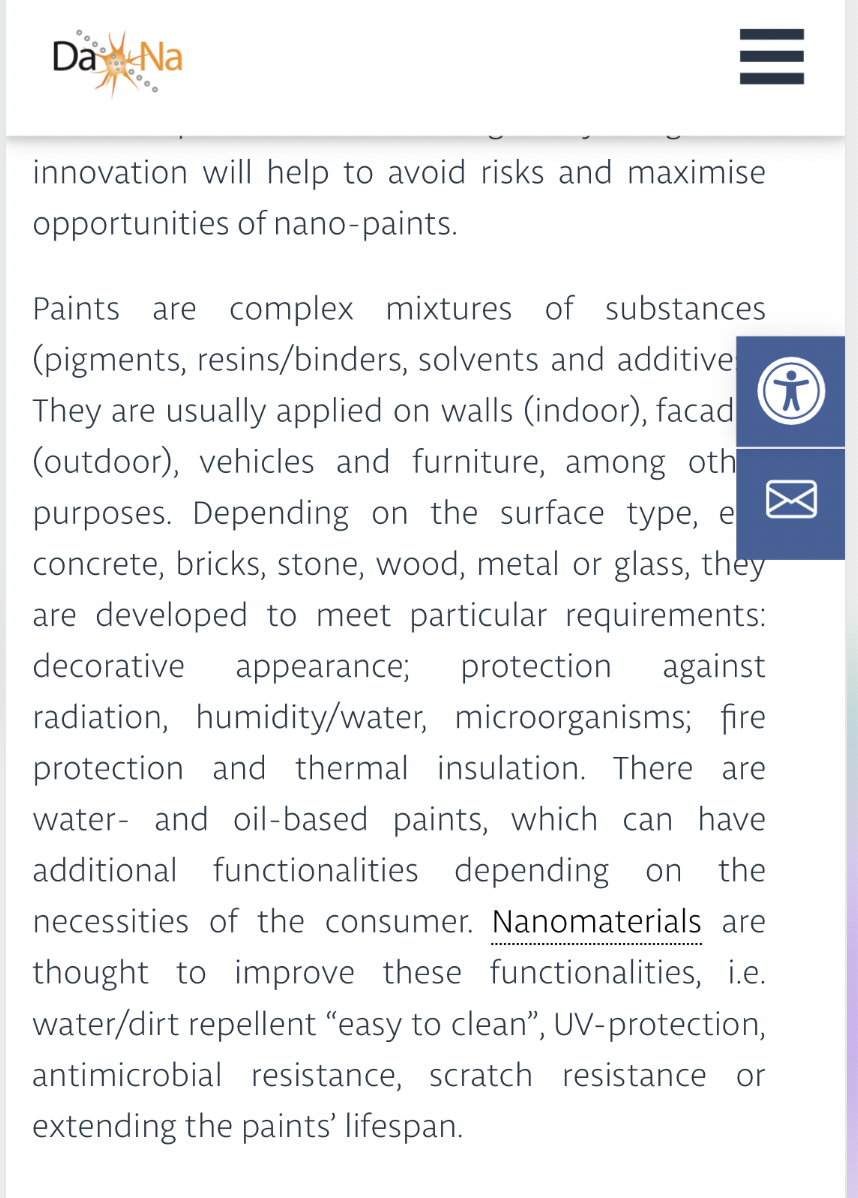
Another screenshot from the DaNA website
Some additional relevant screenshots:
Section #11
What should parents DO with this information?
First: don’t panic!
- Don’t worry — worry doesn’t help in any way, and you can’t change the past, in any case; you can only move forward, adopting a #KnowBetterDoBetter approach! Here’s my article discussing that consideration as a sanity-preserving guiding principle.
- Set any painted wooden toys you have aside (toys expressly intended for use by infants and toddlers — toys that might go in the mouth, specifically).
- If I have not yet tested a painted wooden toy from the brand you have at home, and you are interested in sending one in for testing, please be in touch and I will let you know if I have time to fit it into my testing schedule.
- Subscribe to the — free — Lead Safe Mama e-mail newsletter, so you will be among the first to get our latest test results for products (and among the first to learn about any new developments related to this concern).
- Consider replacing those toys with comparable un-painted (handmade!) wooden toys (NOTE: avoid any vendor saying their product are made with “reclaimed” wood!).
- Write to the manufacturer(s) of the painted wooden toys that you own, asking them to do more research into the safety of using Titanium Dioxide-based paints (mention the new regulatory standards fully restricting Titanium Dioxide for any potentially ingested item).
- Write to your favorite wooden toy manufacturers and ask them to use plant-based paints and stains, instead of Titanium-based (or other metals-based) paints and stains.
- Unpainted wooden toys with food-grade surface protectants and finishes should be safe for babies (toys treated with beeswax or vegetable oils — for example).
- Share this information with any expecting parents or new parents you know (grandparents, too!), so they will also understand the concern and have the science-based information to make safer choices for the babies and toddlers in their lives.
- Sit and wait. Only time will tell if any agency or scientific research institution will take this on (and come to the same conclusion I have based on the science I have used [XRF Testing] when testing toys).
Section #12) Are there other concerns for Titanium Dioxide in products that are similar to the concern for paint on wooden toys for infants and toddlers?
The quick answer to this is yes, definitely yes. There are many other products that may result in the ingestion of Titanium Dioxide when the product is used as intended (by the audience it was designed to be used by). These include the following specific types of products of concern:
- High levels of Titanium Dioxide in “ceramic” coatings on frying pans (Some examples: Always Pan — 37,700 ppm Titanium on the food surface; Caraway Home — 118,100 ppm Titanium on the food surface; Green Pan — 51,900 ppm Titanium on the food surface; Green + Life pans — 63,800 ppm Titanium on the food surface; Xtrema — 9,697 ppm Titanium on the food surface, etc.). The coatings on these wear over time (in three to five years they normally become worn enough that replacement is required) — and where does that Titanium Dioxide wear off into? It wears into your food as it is cooked!
- High levels of Titanium Dioxide in painted metal toys for children (less likely to be chewed on by babies and toddlers — as fewer painted metal toys are made for babies these days — but still a concern. See again this Hape example here — 99,900 ppm Titanium on a painted metal component.
- High levels of Titanium Dioxide are used as a colorant in crayons (which are often ingested by toddlers and babies). Here’s an example from Melissa & Doug — as high as 13,500 ppm Titanium.
Section #13) In Conclusion
The most important takeaway here is that this is NOT illegal in any way; it is NOT currently illegal to use Titanium Dioxide-pigmented paint on wooden (or metal) toys (or in crayons for that matter) made for use by infants and small children. For the present, this is legal and allowed in all countries. However, with the new EU regulations removing ANY permissible limits of Titanium Dioxide for anything that is meant to be ingested, the concern for infants and toddlers potentially ingesting Titanium Dioxide from painted coatings on toys (or from ingesting crayons) is a significant concern that merits further study.
When it comes to metallic toxicants and human health, we should adopt Hippocrates’ (“the father of Medicine“) dictum: “First Do No Harm.” We have no assurances that the very same, newly-confirmed-to-be-dangerous-enough-to-warrant-banning-in-anything-that-is-intended-to-be-ingested Nanoparticulate Titanium Dioxide used in the paint found on many children’s toys is somehow safe for babies to ingest when it is ingested through use of a toy.
The new E.U. ban is based on a concern for potential genetic-level harm, and also for cancer. Setting the EU standards aside for just a moment, given the levels of Titanium Dioxide found in paint on children’s toys are often present at very high levels — even compared to what is currently allowed under the lax U.S. standards for Titanium Dioxide in food (which is currently 1% equal to 10,000 ppm; many of the toys have paint that is testing positive for Titanium Dioxide at levels far in excess of 10,000 ppm) — we should be rethinking the use in babies’ toys solely based on the U.S. food-standard as well.
But again — in the immortal words of the Hitchhiker’s Guide To The Galaxy “Don’t Panic.”
The simple solution: avoid painted wooden toys. Replace the painted ones with un-painted versions of the same or similar type. Set the painted ones aside — with any purchase information you may have for them — until further determinations are made by our regulatory agencies on this matter (in light of the newly-implemented stringent EU standards).
Thank you for reading and for sharing this information, to help other parents of babies and toddlers make science-based informed decisions for their families.
Tamara Rubin
Owner — Lead Safe Mama, LLC
P.S. — To the Naysayers
It’s just a few hours after I published this article and I’ve already gotten flack from “naysayers” who are challenging that this might be a legitimate concern. People are challenging my assertion that, because of the known science available at this point, we need to do our due diligence to make sure this Titanium Dioxide paint is safe for babies to ingest. They are challenging this, and implying I am overreacting in making the (non-radical) suggestion that families might want to set those painted wood toys aside for the time being — which is not an outrageous nor disproportionate response during a time when we are waiting to learn more about this potential concern, given the known potential for harm by this toxicant.
Separately, given we know Lead is unsafe and incredibly damaging even with micro-particulate exposure from the tiny amount of paint that a child might chew off a toy, and given the E.U. is setting a stricter standard on Titanium Dioxide than they have on Lead, those two facts combined make it seem like a reasonable assumption to at least demand that our regulatory agencies investigate this further. And also, that parents may want to research this carefully so they can make their own informed decisions (and therefore set these toys aside while they do their own research too). It’s possible the paint regulations could shift to be comparable to the Lead regulations in paint, based on the level of action that has already been taken (as it compares to the level of political action where Lead is concerned).
And, a gross FWIW — I hate even typing those words “paint safe for babies to ingest” — why should we be worrying about babies ingesting paint in 2022?! It seems like we would have evolved past paint usage for things like this at this point with all that is known!
In response to this pushback, here are some thoughts my husband just voiced to me:
- This is not just one single country making this change — it is the entire European Union.
- The scientific community is generally loath to make strong recommendations of this sort, let alone with enough emphasis/insistence that would precipitate sweeping legislation. Science demands replicability, subjecting studies, results — and especially conclusions — to rigorous peer review. With their professional reputations (and also their future funding/livelihoods) on the line, scientists obsessively review and critically challenge their own studies (and those of their peers) over and over again, eagerly trying to find flaws before making these types of recommendations.
- The literature linked in the above documents that this decision is based on — literally — shows thousands of new studies on the toxicity concerns for nano-particulate Titanium Dioxide that were undertaken between 2016 and 2022.
- The studies include a large number and variety of animal studies showing that exposure to ingested nano particulate Titanium Dioxide can increase the risk of GI issues, and cause cancerous tumors among other concerns.
- Just because there is not yet a definitive study on humans does not mean the science is not real — humans are animals. We should not have to wait for humans to be demonstrably harmed before banning a substance known to definitely cause severe harm to animals… And in the coming five years I expect they may be able to causally link exposure impacts from human subject analysis (based on what the EU has done in the past, in terms of being significantly ahead of the United States in proactive/preventative regulatory measures as they relate to human health).
- Note: This is three years after France had already declared this substance dangerous and stated it should simply not be allowed (100% illegal to use!), btw.
Never Miss an Important Article Again!
Join our Email List





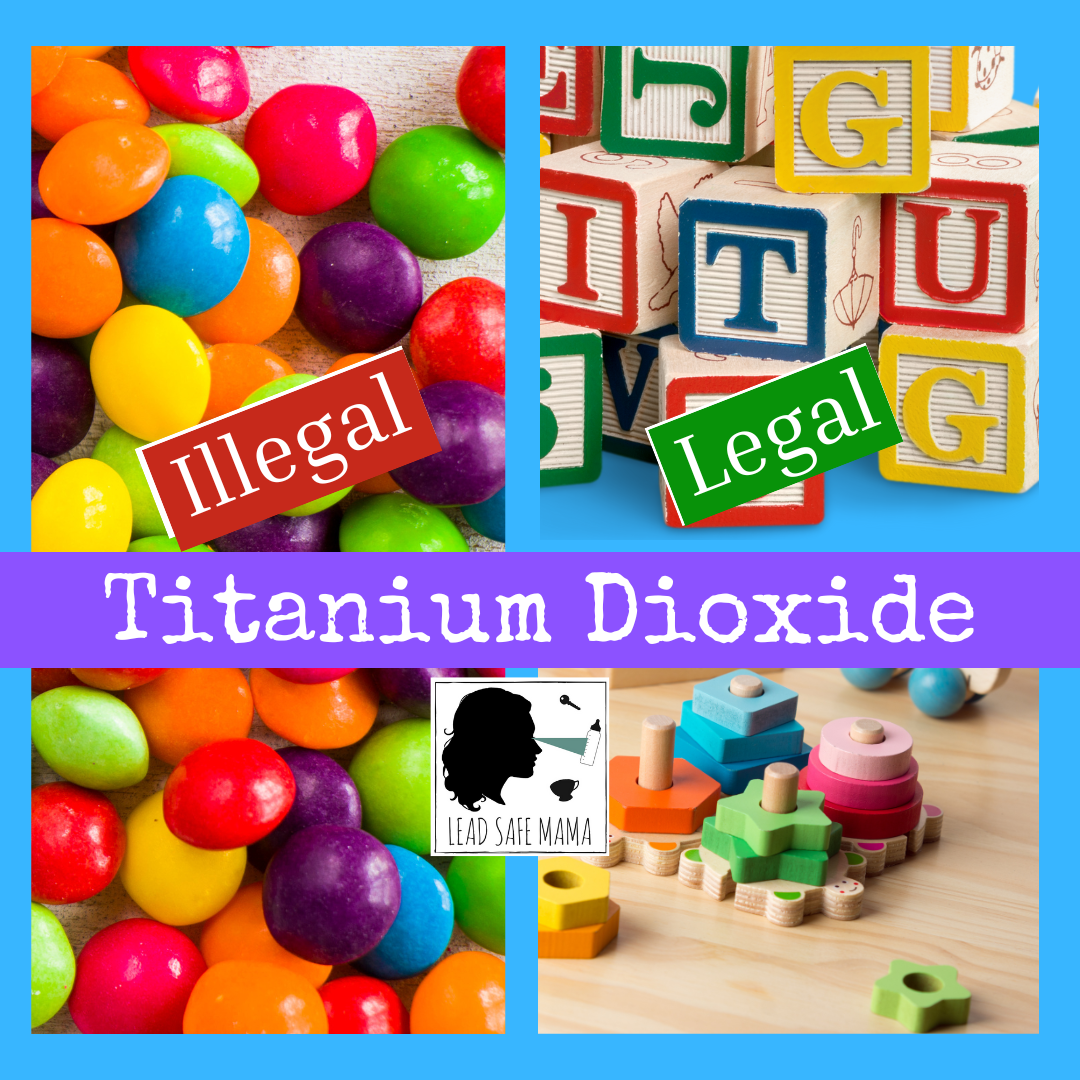
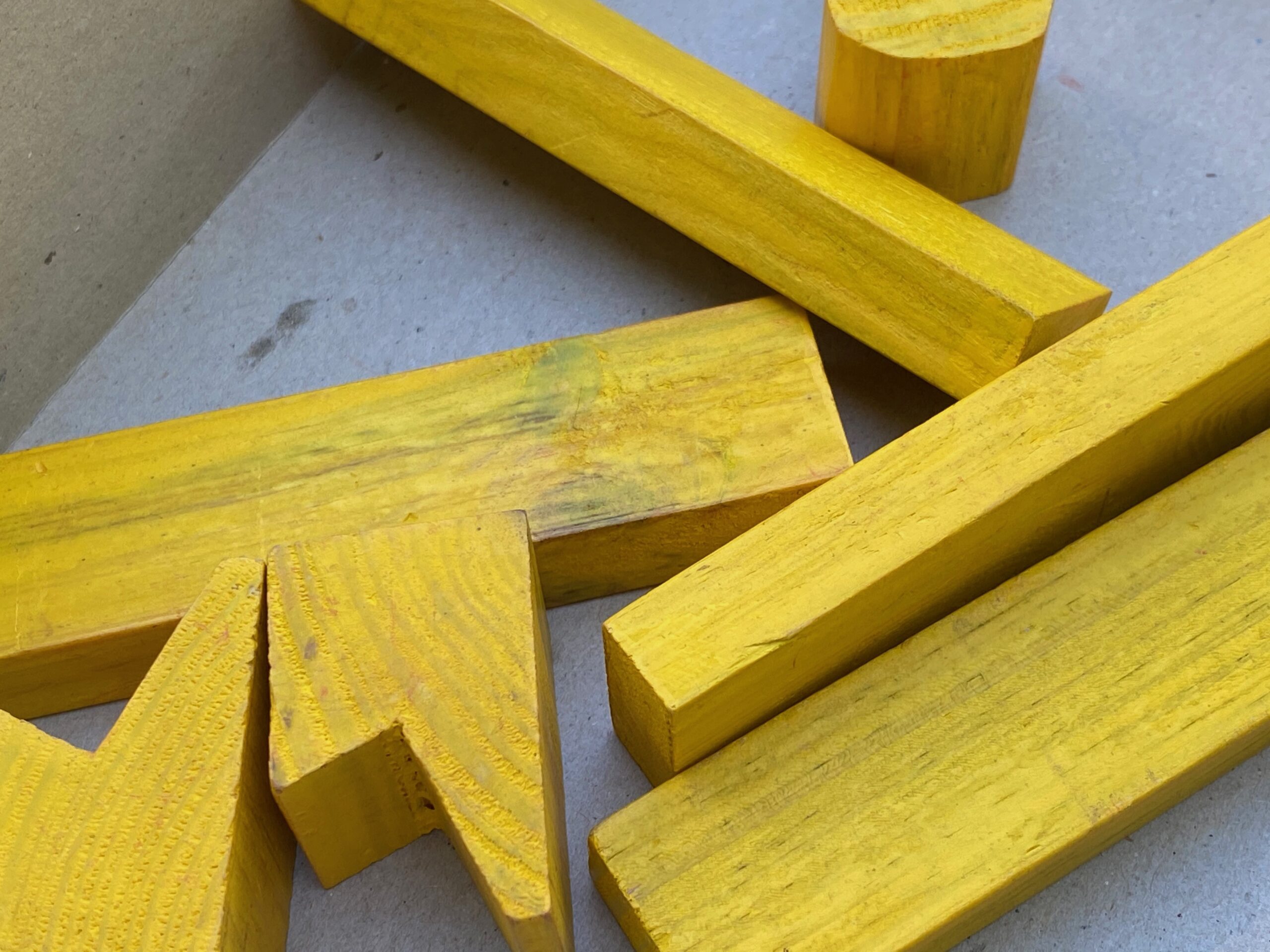
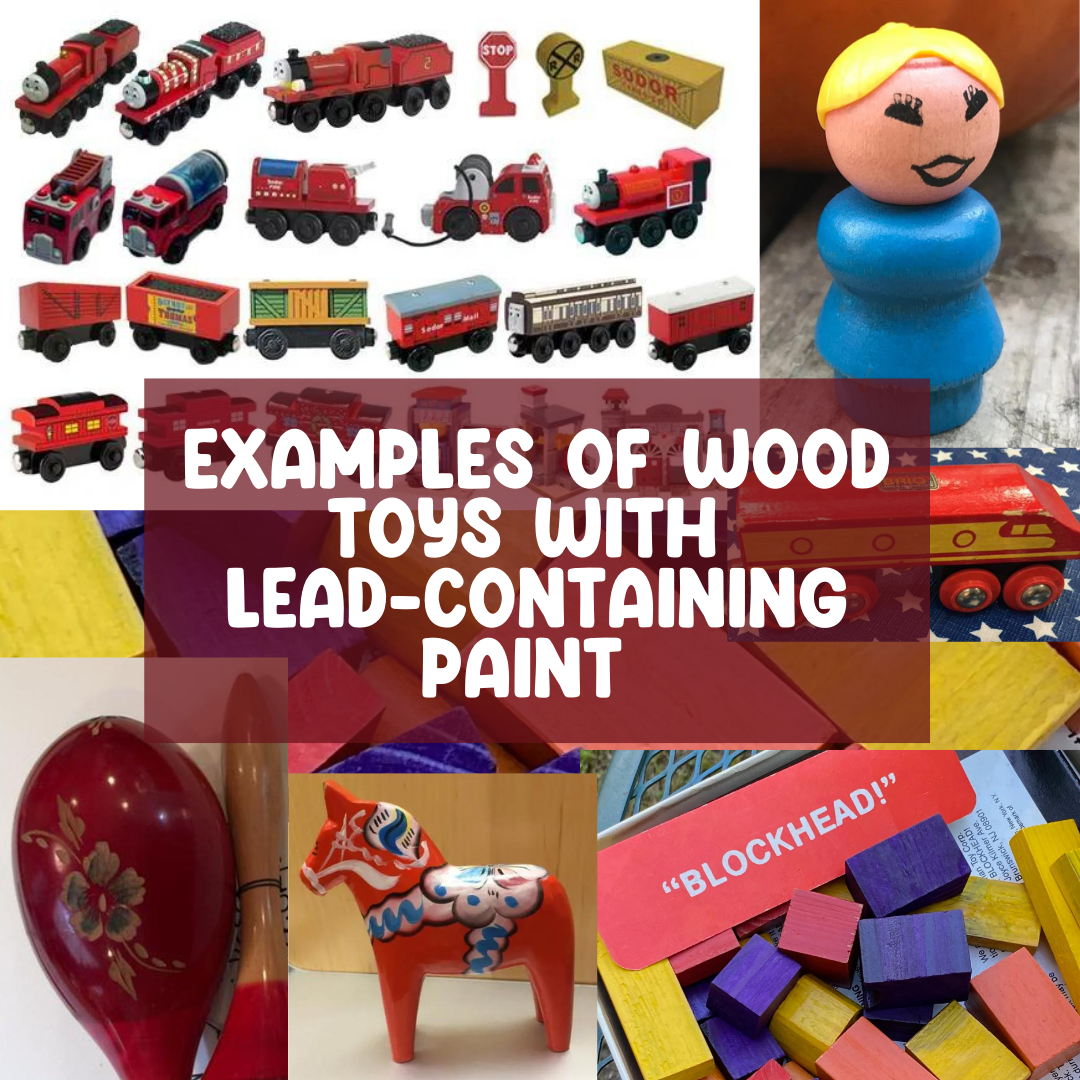
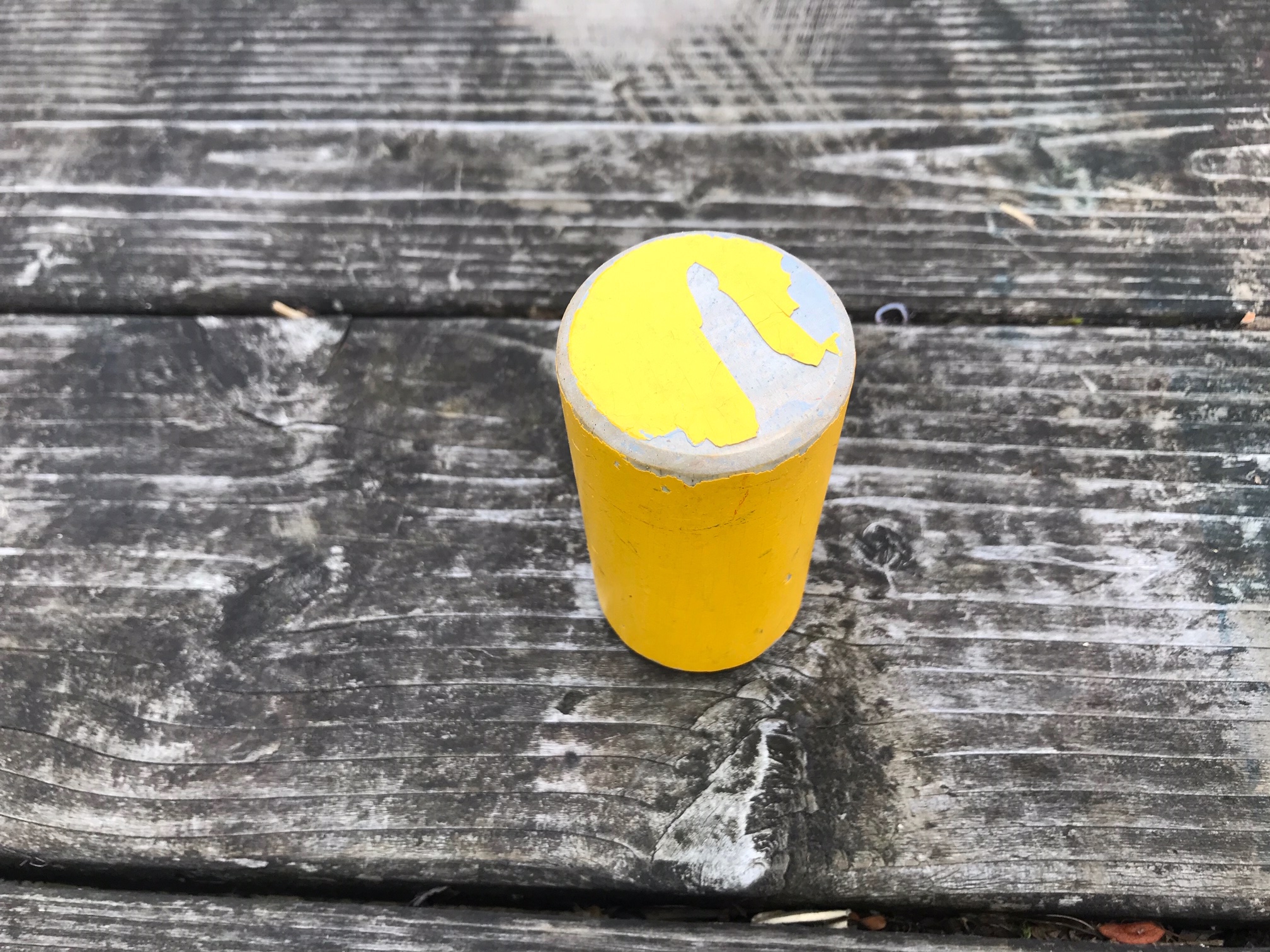
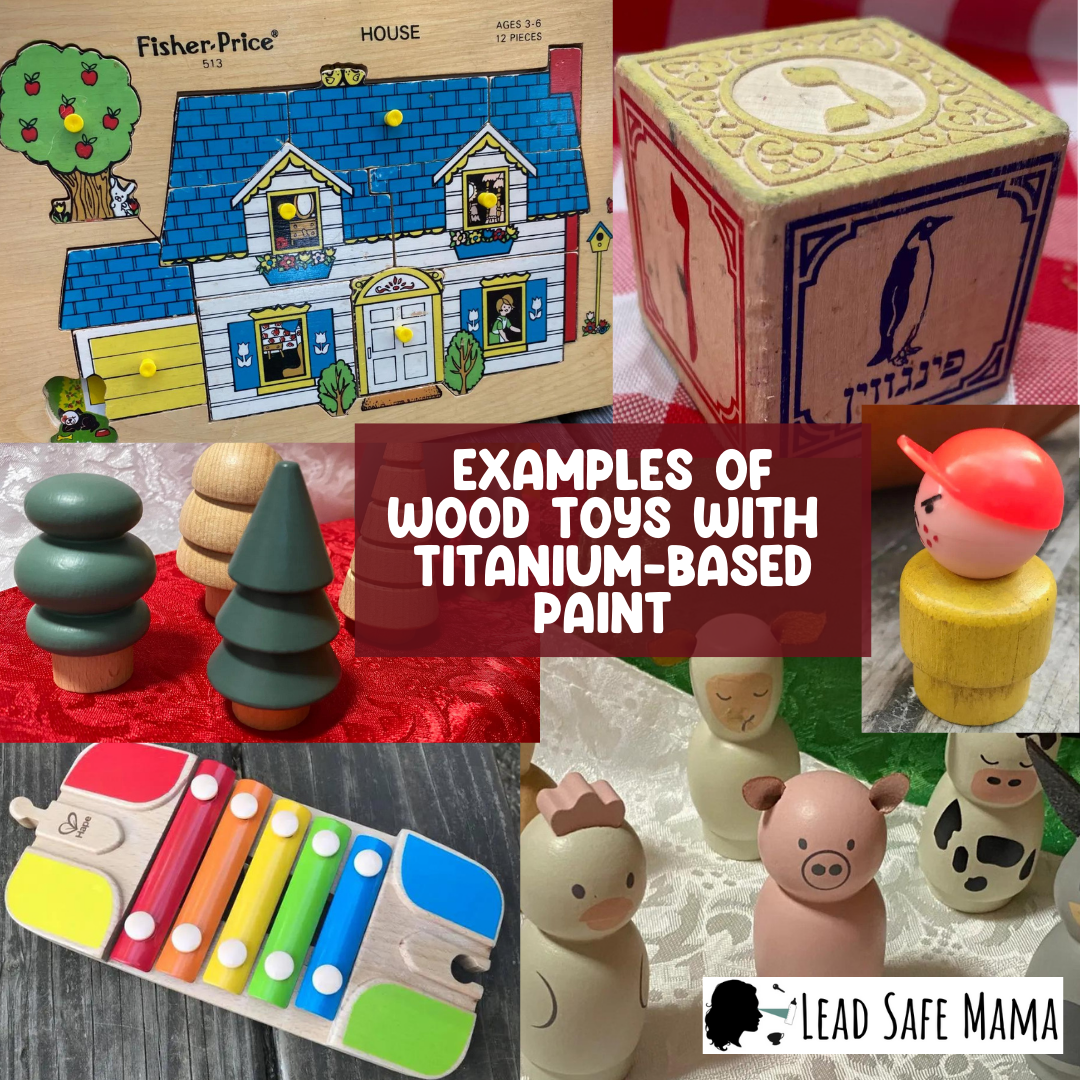
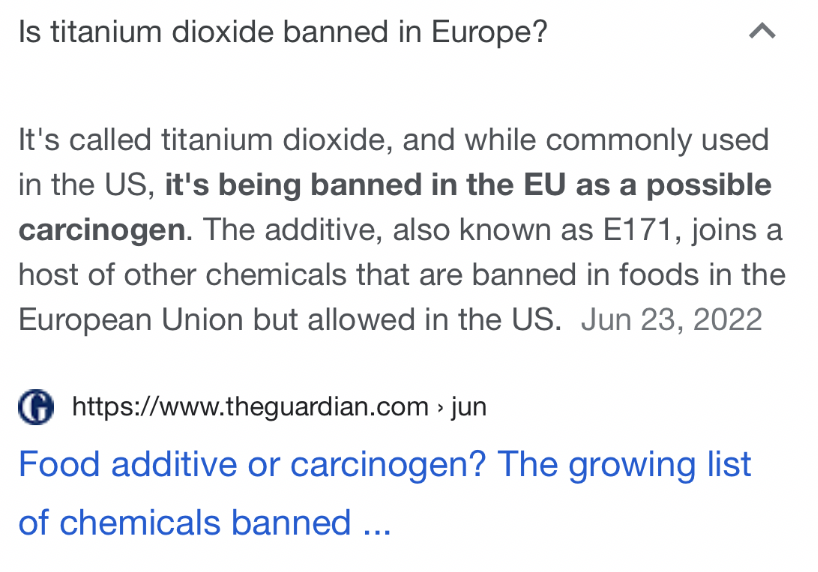


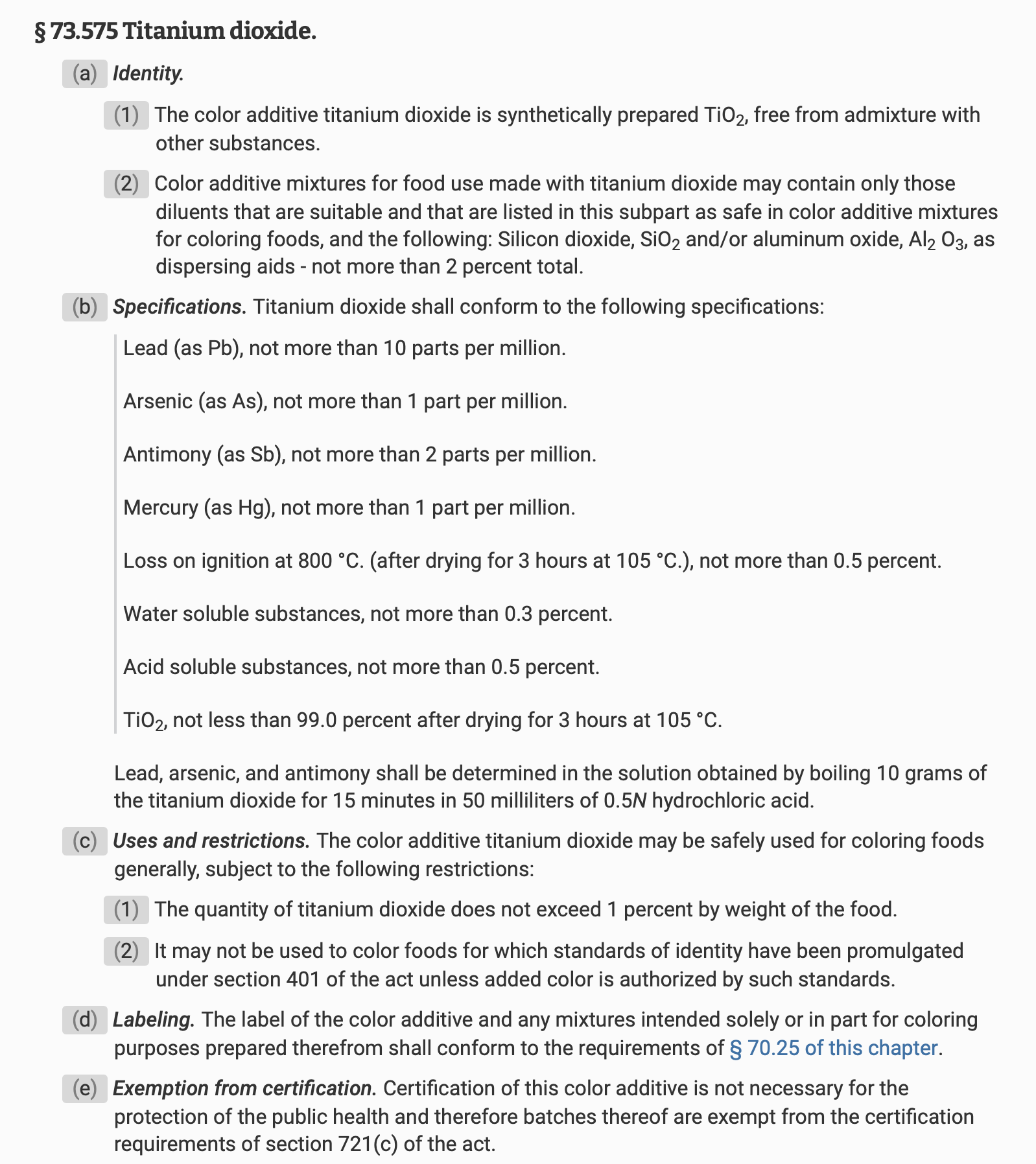
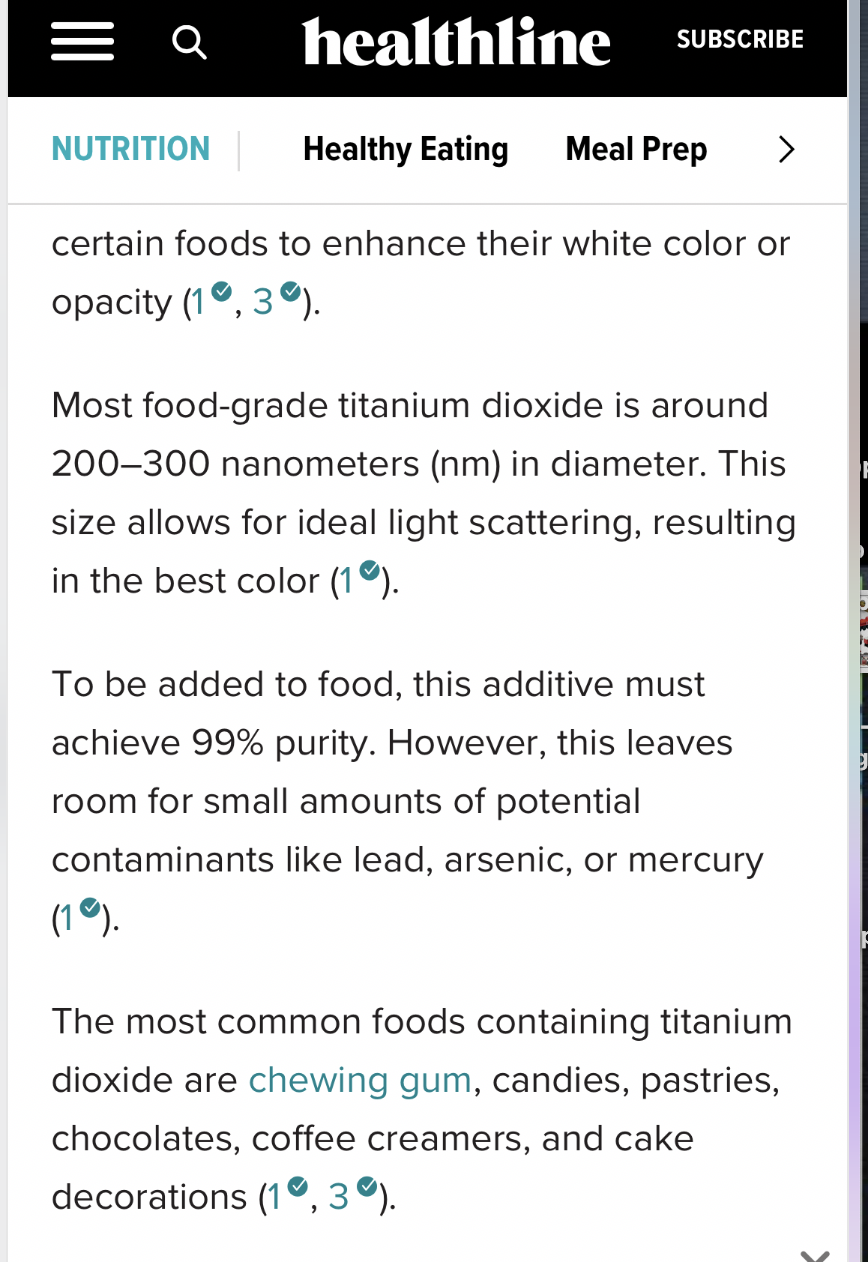
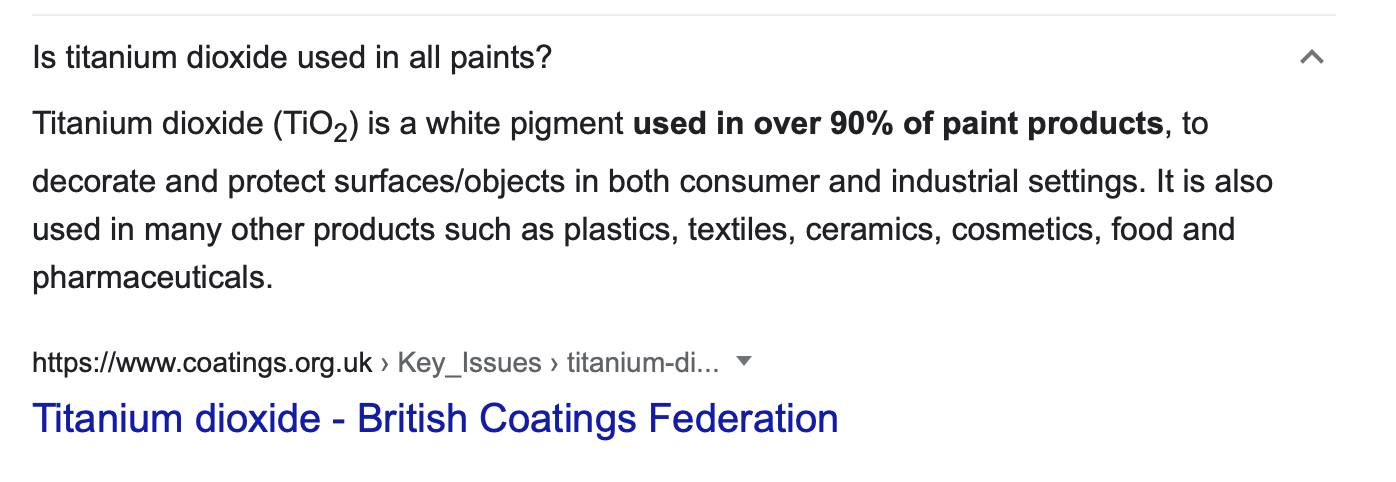
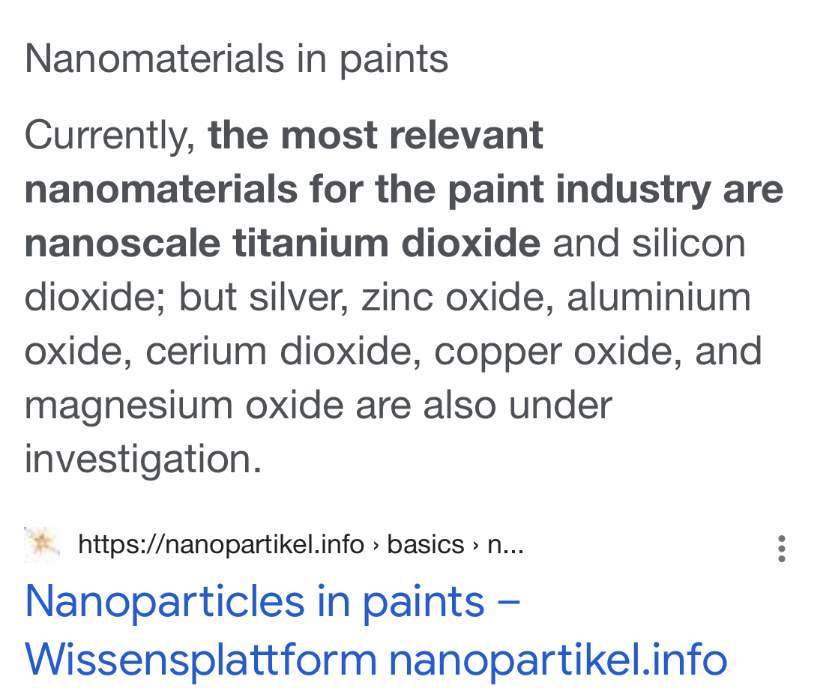
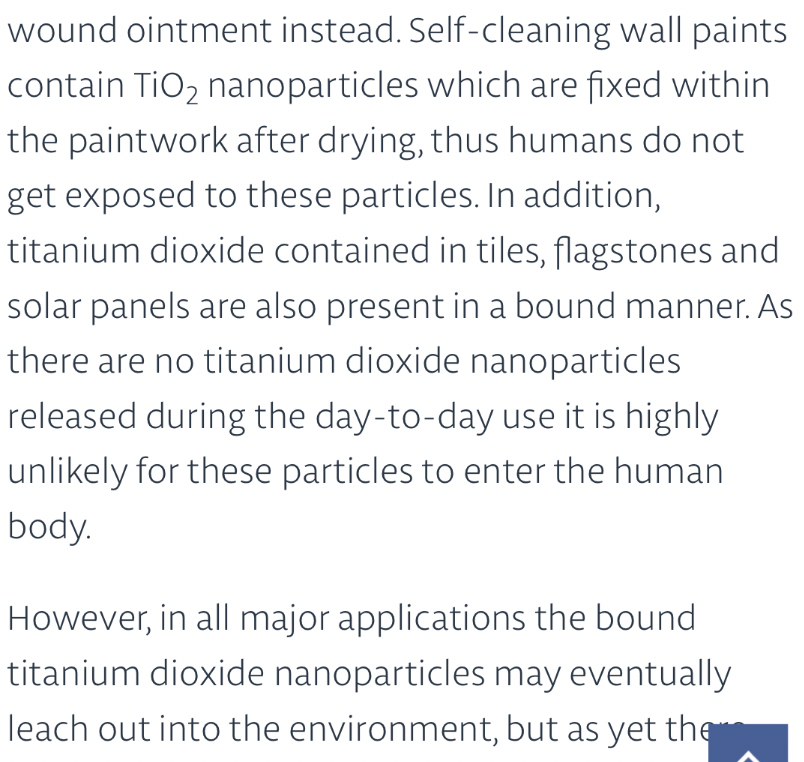
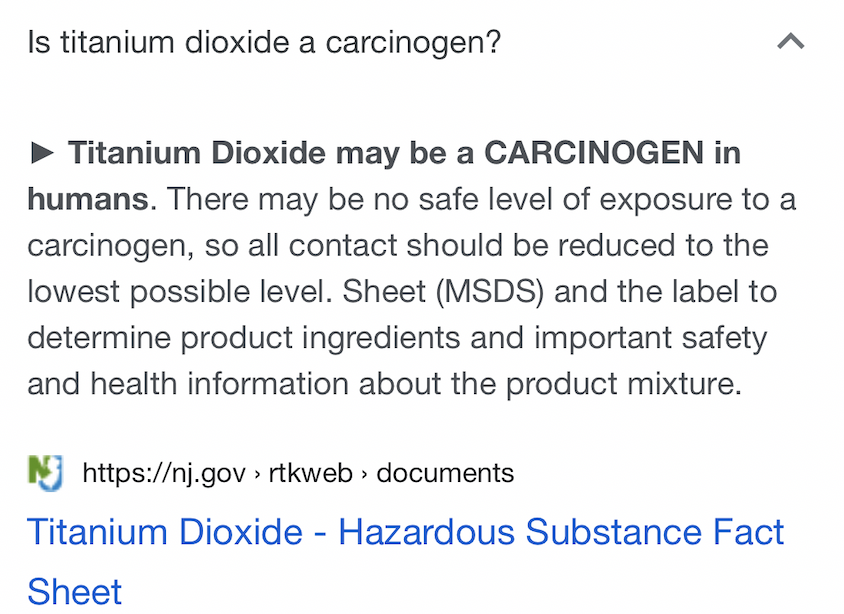



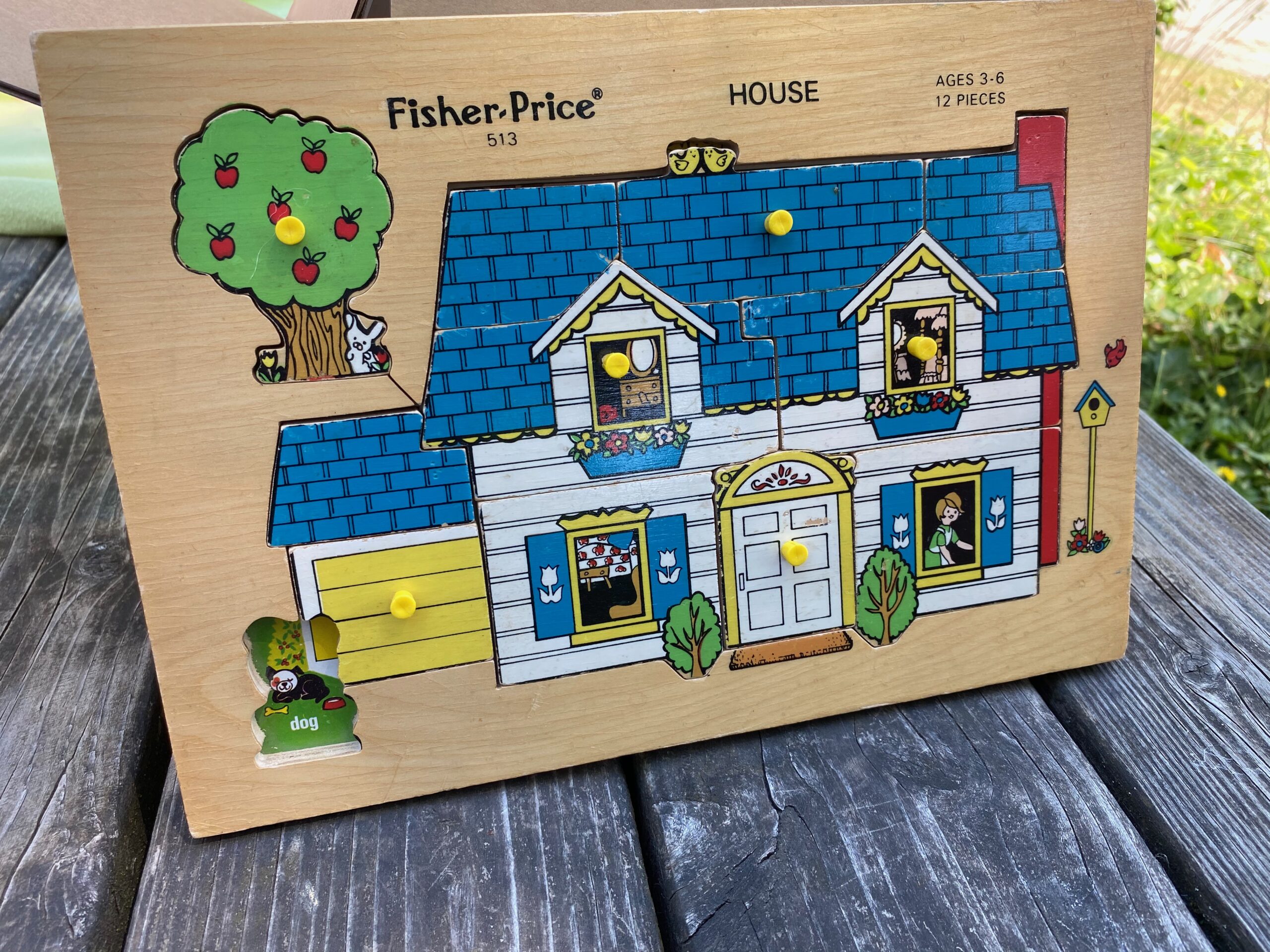
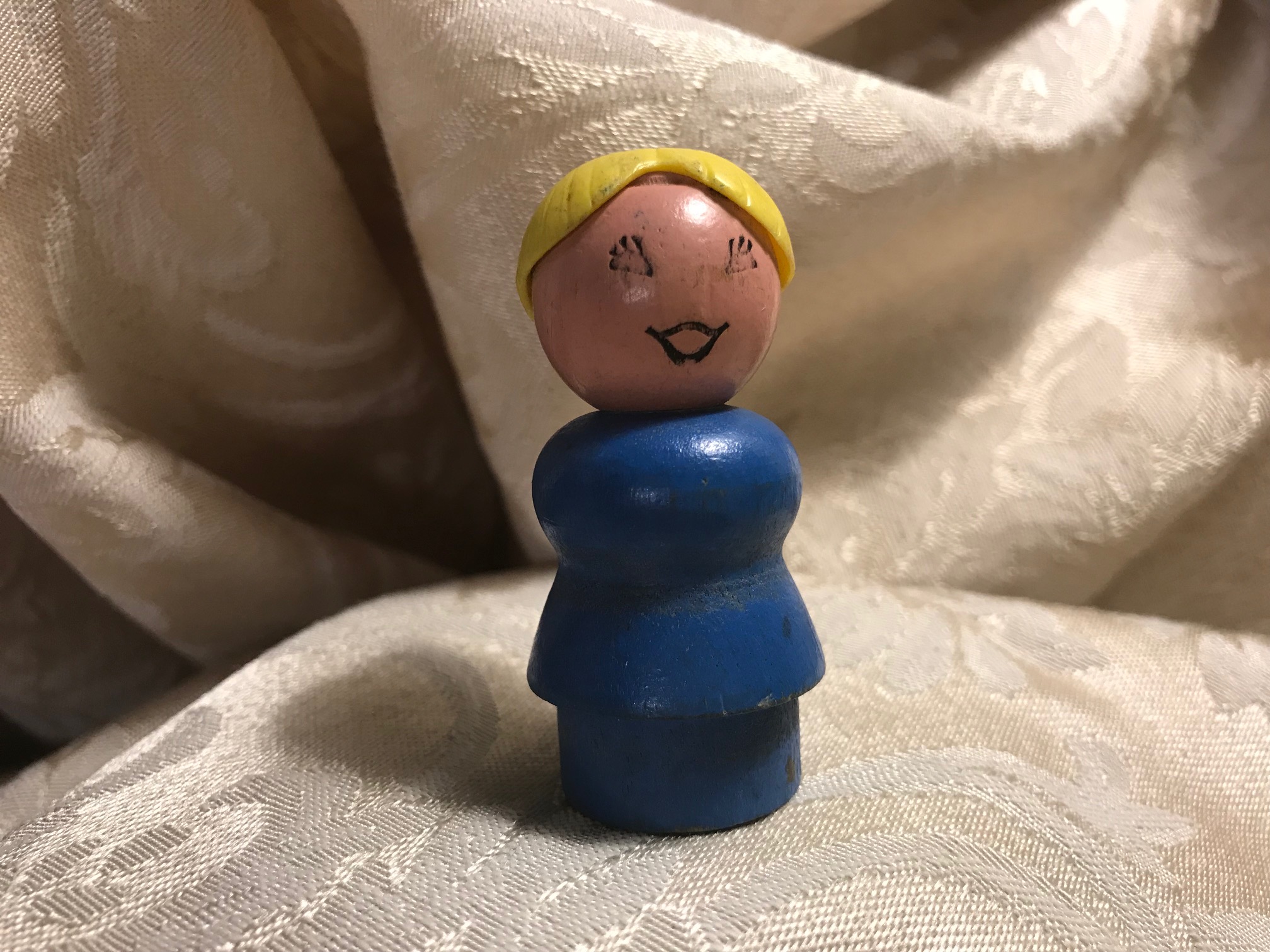

I’ve been using “natural mineral cosmetics” for 20 years. 99% of them have a base of titanium dioxide. Many are a loose powder so are obviously inhaled, even a little bit.
I recently found out about the toxicity and have switched to titanium dioxide free cosmetics, and also I stay away from kaolin clay, rice powder (arsenic concerns), and bentonite clays.
So-called natural mineral cosmetics mostly are TOXIC METAL cosmetics!!!!!! Thank you Tamara for assisting me in seeing-things-as-they-are and opening the door for me to made different decisions, as I still enjoy wearing cosmetics.
Oh also I have noticed a LOT of natural homemade colorful pretty soap bars contain titanium dioxide as a colorant.
Can you tell me the brand of makeup you use?
I use some from MG Naturals (foundation, lip and cheek glaze), Omiana (eyeliner and eyeshadow trio), and Earthlab Cosmetics raw mascara.
It’s in my Hello kids toothpaste and Tom’s of Main adult toothpaste =(
*Maine
Hello!
Just curious if titanium cups and cookware would be a cause for concern? We purchased some a while back because they are supposed to not leach anything at all where as stainless steel can leach chromium and nickel. Thank you!
I checked my Tom’s of Maine Fluoride Free toothpaste and it’s not listed in the ingredients. Ingedients are: calcium carbonate, glycerin, water, xylitol, hydrated silica, natural flavor**, zinc citrate, sodium lauryl sulfate, carrageenan, sodium bicarbonate
**peppermint oil
You mentioned PlanToys in the intro but I didn’t see them in the list of test results. Were you able to test any PlanToys wooden toys? (We have a bunch of those.)
Thanks a lot!
Great article and it’s spot on with the scientific research I’ve seen online! Anecdotally I’ve also seen Titanium Dioxide in Sensodyne’s toothpastes which is pretty common in stores. As you’re saying, I think our exposure to this nanoparticle may be more common than most of us may think and it’s important for us to switch to alternatives. I’m looking forward to plant-based dyes and paints to be more of a thing in the industry. In the meantime thank you for helping people be informed and empowered!
Thank you for commenting! I really appreciate it!
T
Is there a concern for stainless steel dishes that are colored with titanium using physical vapor deposition (for example, the Ahimsa children’s dishes, or the colorful Target flatware that you posted about)?
I’d love to know too!
Is this process common with stainless steel cookware? Most of our current cookware is Greenpan.*facepalm*
This is a well researched post. Thank you Tamara! You’re helping me to keep my child safe from lead and other heavy metals. I contacted Grimm’s Spiel und Holz Design, a European company known for their wooden rainbow and other Waldorf toys. Their website states that they use non-toxic, water-based stains. Customer service said, “All of our products are non- toxic, means no titanium dioxide as well.”
I contacted Goki Toys, the makers of Holztiger wooden animals. They replied, “I’ve checked with our testing department and there is a small amount [of titanium dioxide] within the paint but it is still under the limit.” I also contacted Erzi, the makers of wooden play food. They said, “Our German supplier of paint/lacquer/stain told us, there is a tiny, tiny content of titanium dioxide in all light colors but below the limits of EN 71-3 and ASTM – so it is all safe, don’t worry.”
Goki and Erzi toy manufacturers don’t specify the actual quantity of titanium dioxide in ppm, so they may have very high levels of titanium. I recently purchased these toys and my toddler has been chewing on them. I’m very grateful to Tamara for raising awareness of the health concerns of ingesting titanium dioxide. I will replace these toys with unpainted wooden versions produced with new wood.
Oh gosh. I use MAC and I have not even checked this yet. Another thing to add to the worry.
Hi!
Very informative article, thank you for all of your work!
For older children who no longer mouth modern painted wooden toys, is there still a concern for touching worn out pieces? I assume yes unless hands are washed right after playing?
Thank you!
I really don’t have a huge concern if there is not mouthing happening.
T
I apologize if this is an ignorant question, but can water-soluble paints contain titanium dioxide?
I’ve been emailing you companies to see if the products my children play with contain titanium dioxide and the only answer I’ve gotten so far from one company is that they’re paints are “water soluble and non toxic” and which safety standards the toys have passed. Of course if titanium dioxide isn’t banned anywhere, those safety standards don’t matter in this situation. But I was wondering if “water soluble” meant the paints were likely safe. Google isn’t giving me a straight answer.
Thanks!
Water-soluble paints can contain titanium dioxide. Many (if not most) painted children’s toys contain it. These companies are not answering your question at all (and that’s probably all the answer you need!).
That’s my suspicion too (that the company isn’t answering my question at all). I reached out again to the one customer rep and she said she actually didn’t know and she’d pass my question along. So hopefully I can get an answer eventually! Looking for alternative toys in the meantime. I don’t have a ton of painted baby toys, but the ones we do have were favorites so it’s a little frustrating (and expensive) to have to replace them. But better safe than sorry! I’m grateful for this website and Tamara’s work!
You are extraordinary! Thank you for this – I would have no idea about what the EU is doing if it weren’t for your work.
Meanwhile, I just looked up Mineral Fusion lipstick (which I use on occasion) and, of course, titanium dioxide is in it. I have yet to figure out if it’s in any of my supplements or medications. I seem to recall that it’s in some sunscreens, although I mainly use the zinc oxide preparations (I like Badger because, although very messy, it stays on in the water and doesn’t require a ton of reapplying). I get that it should mainly be avoided in things that get ingested (and, of course, lipstick does inevitably get ingested), but I imagine skin absorption is also an issue. Well, a lot to think about and look into….
It’s so unfortunate that, unlike the EU, this country does not base its regulations on “the precautionary principle” and that chemicals are basically “innocent until proven guilty.”
Hi Tamara,
Thank you for this well researched and thorough article on titanium dioxide. I’m new to your site and came across this article while using the search bar to look for more info on titanium dioxide. The reason I was searching for more info on this is because I’ve been using a brand of powder mineral sunscreen that uses 8% of titanium dioxide in it. I thought I found the holy grail way to apply sunscreen to my young toddlers however after researching its ingredients I decided to look further into titanium dioxide hence me being here. I’ve reached out to the company and they informed me that their product is non nano particles so it would be safe for me and my family to use. I know this article touched briefly in the size of the particles and cosmetics however I’m curious if you think non nano particle size titanium dioxide would be a hazard? If applied to the face surely it could be breathed in or inhaled. What is your view in this? Also, after reading so many of your articles I’m not even sure if I should believe the company is being honest when they responded to my email and informed me the particles are non nano. Sorry for the long comment I’m one #paranoidmama
Hi! Do Lovevery toys contain titanium dioxide? A lot of them are painted wood! Thanks
https://tamararubin.com/2023/01/lovevery-response-to-my-findings-of-titanium-in-their-paints-i-will-respond-to-this-shortly/
You might find this helpful https://tamararubin.com/2022/05/how-to-use-the-lead-safe-mama-website-video/
In addition to reading a good majority of your website, I listened to your podcast with non-toxic mama bear. I’m curious as to what your thoughts are regarding titanium dioxide and make up. It’s in most lip glosses, powders, foundations… And when it’s on our face, it’s definitely getting in our mouth and being ingested. Is this a concern to you?
Any suggestions on reputable companies to purchase wooden toys from? Thank you for this research!
Tamara, would you consider the Melissa and Doug giddy biddy flashlight to still be safe?